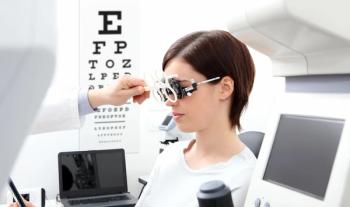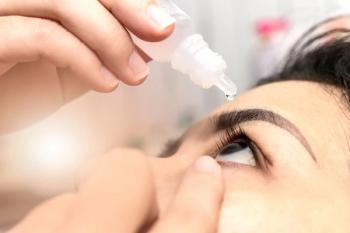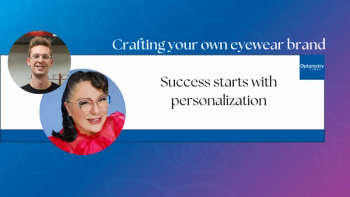
'Silent generation' cries out for assistance
The "silent generation" is already present in eyecare practices and will grow as America's demographics change.
"They're not being listened to because they're not being asked questions they can respond to appropriately," said Dr. Freeman, a private practitioner in Pittsburgh, PA, who specializes in vision rehabilitation. He explained that questions for older patients should be refined to focus on the functional impact of a central visual impairment in two important areas: reading and identifying medication.
Too often, patients with low vision hear their healthcare providers say that "nothing else can be done," and conclude that nothing can help them function independently. In fact, the doctor generally means that no more medical therapy is appropriate and fails to mention the option of rehabilitative therapy. This miscommunication prevents many patients from receiving services that could improve their quality of life.
Dr. Freeman suggested some specific questions to ask any low-vision patient with a visual impairment: Are you having trouble reading? Can you see your medication? Can you see faces? Can you watch TV? Are you driving? Vague questions should be avoided, for example: how are you doing? Is everything OK? Are you having any problems?
"When you ask . . . 85-year-old [people] how they're doing, they're likely to answer 'fine,' but they parenthetically think 'for my age,' whereas a more appropriate question would be 'how are you doing with your reading?'" he said.
Break the silence
Given the graying of the population and the potential groundswell of patients with visual impairment, more practitioners of optometry and ophthalmology should be prepared to introduce vision rehabilitative care and break the silence of the silent generation, Dr. Freeman suggested.
"We're not redefining the diagnosis of the condition that caused the decrease in vision; we're looking to help patients remain functional members of society for as long as possible," he said. "We're looking at lifestyle issues, and we've got to hear that," he added, noting that patients want to be able to read, cook, sort and correctly take their medication, clean house, drive, and perform other everyday tasks-all of which are difficult with an untreated vision impairment.
The services offered as part of a low-vision practice include evaluating the functional status of the eyes, assessing the impact of the disease or abnormal vision condition, providing appropriate optometric low-vision intervention, counseling patients regarding their visual impairment and adjusting to their handicap, and providing referrals for services outside the expertise of a low-vision clinician. Dr. Freeman added that practitioners should be aware of the services available in their area so they can make referrals for legitimate interventions.
Newsletter
Want more insights like this? Subscribe to Optometry Times and get clinical pearls and practice tips delivered straight to your inbox.
















































.png)


